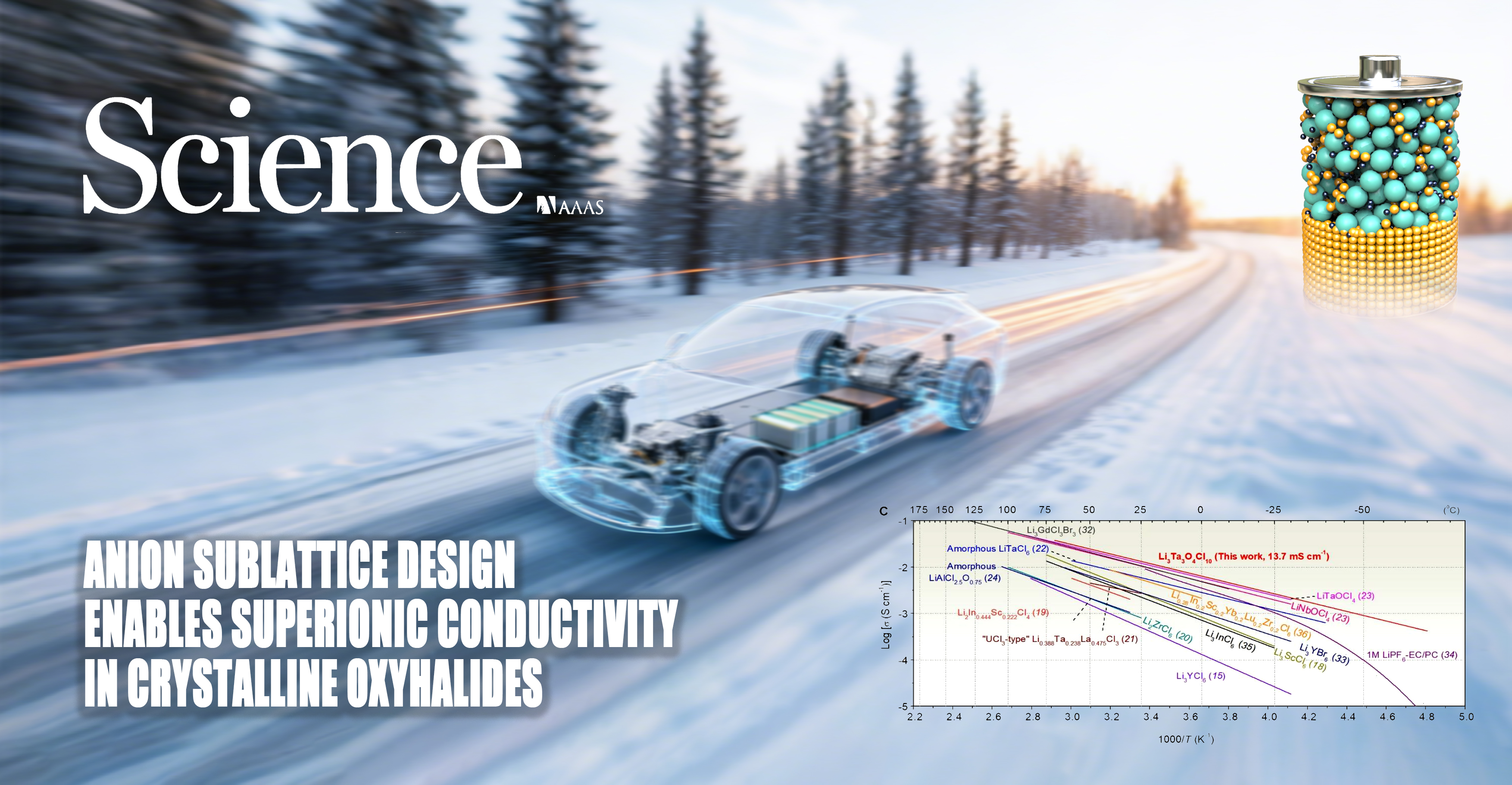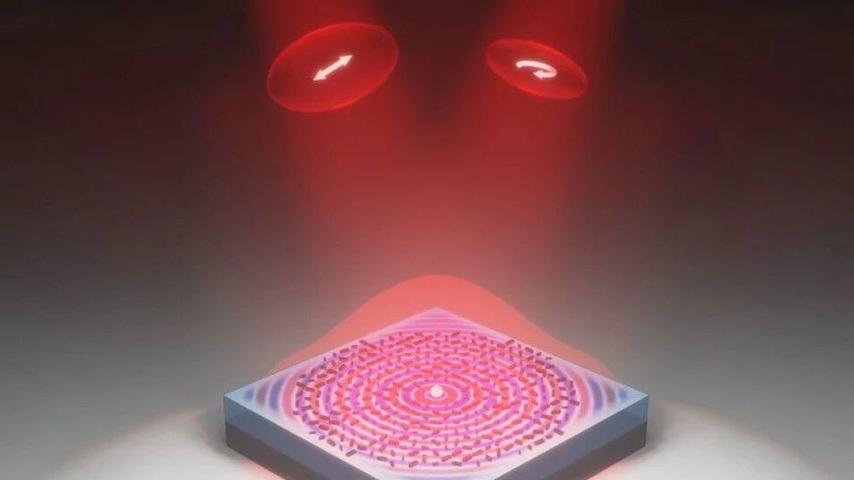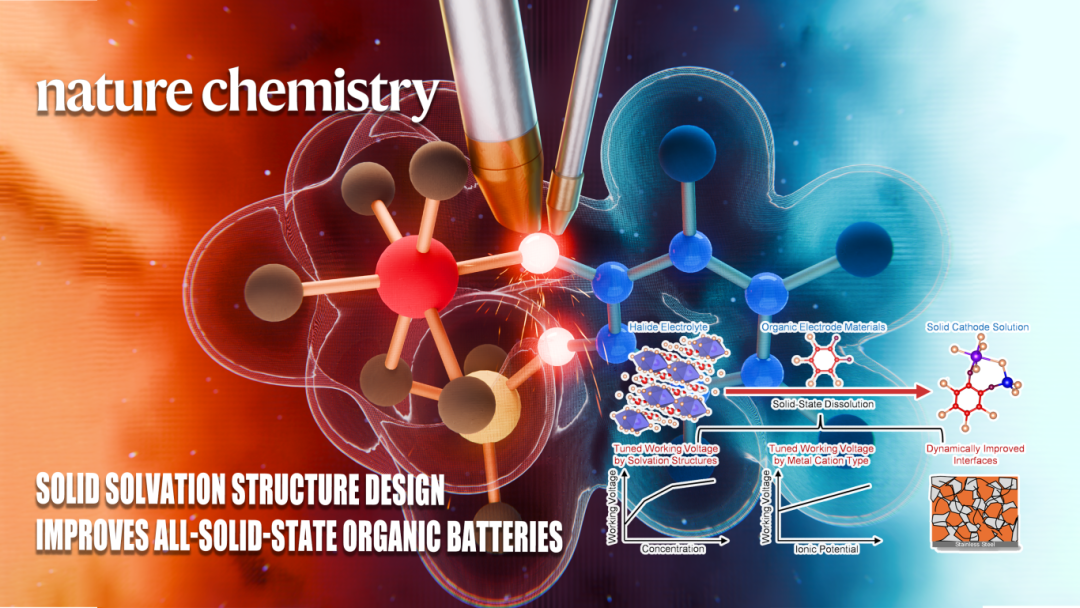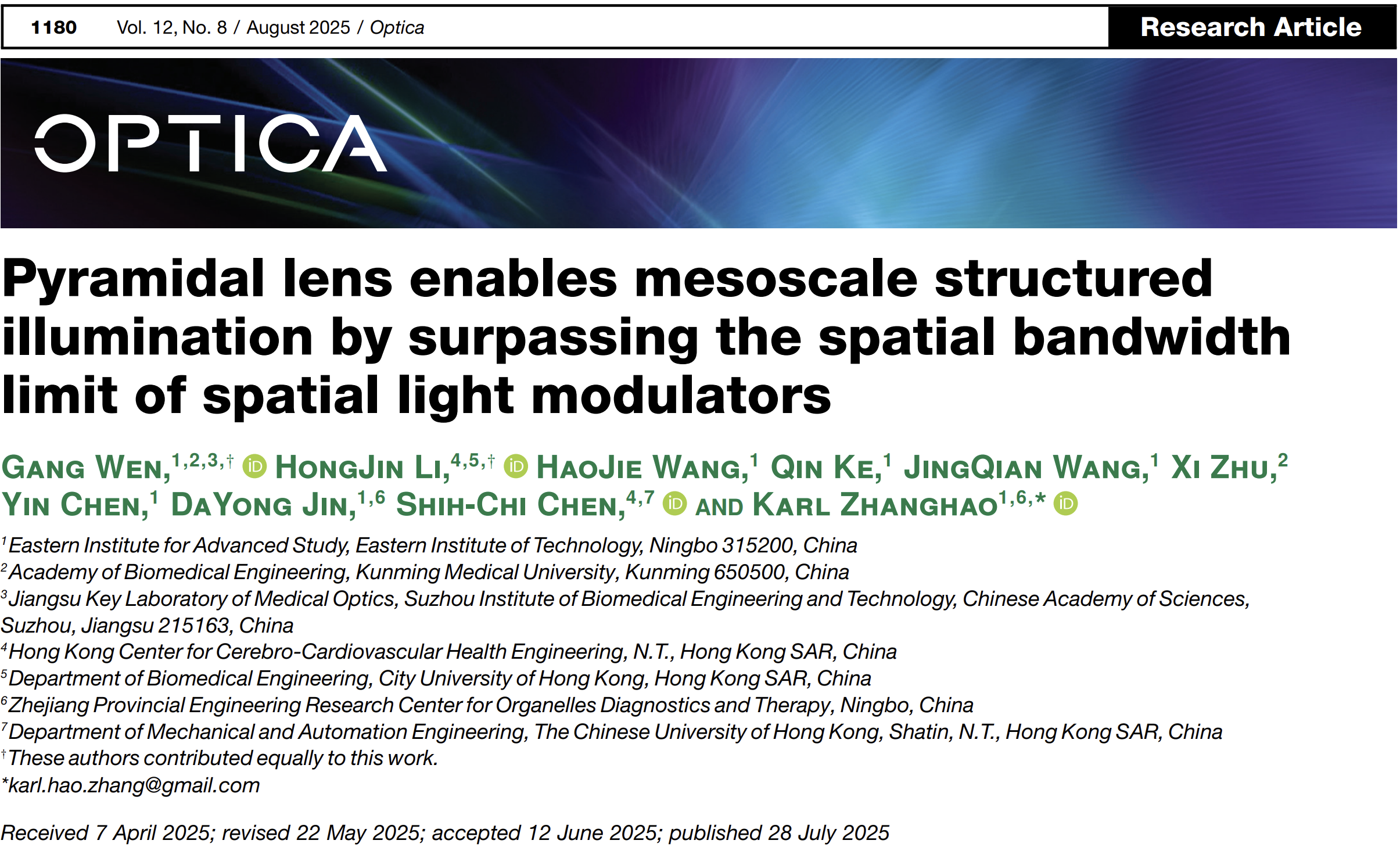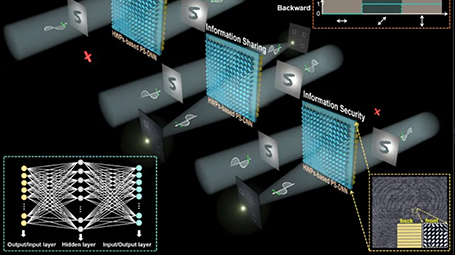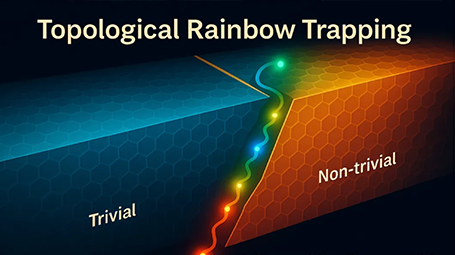If quantum information is a message, then photons are the ideal messengers.
How can we instruct this messenger precisely where to go (direction), in what form (polarization), and how loudly to speak (intensity)? A team led by Associate Professor Fei Ding from EIT Ningbo, in collaboration with partners, has turned this idea into reality.
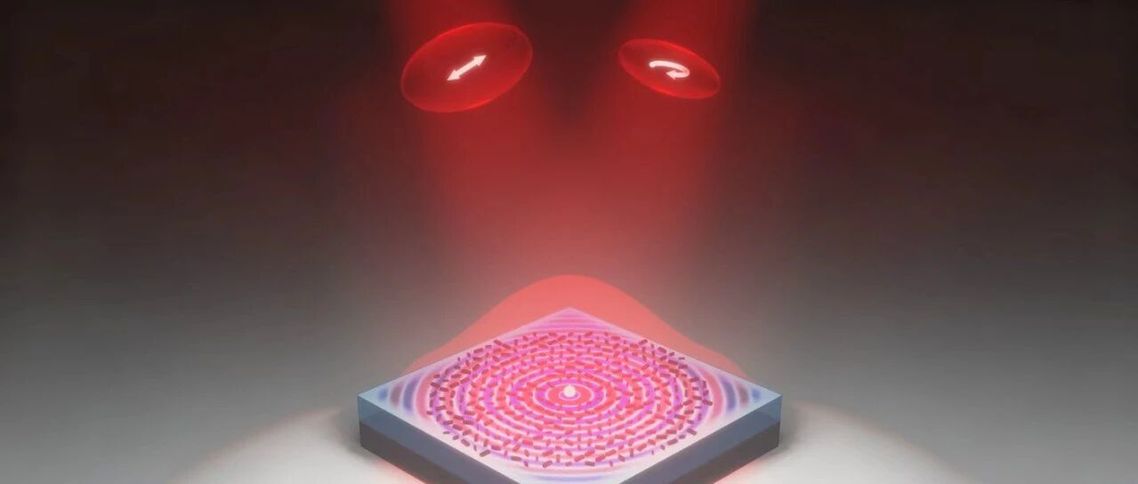
Recently, the team of Associate Professor Fei Ding from the College of Information Science and Technology, along with collaborators, has for the first time realized photon customization on a microchip merely a fraction of the width of a human hair (10 micrometers) – creating a photon source that can control direction, polarization, and intensity on demand. This breakthrough opens new pathways for future quantum communication, quantum computing, and high-precision sensing.

This achievement, entitled "On-Chip Emitter-Coupled Meta-Optics for Versatile Photon Sources", has been published in the top-tier international physics journal Physical Review Letters. Recognized for its importance, it was selected as an Editors' Suggestion and featured as a highlight on the journal's website. Additionally, the American Physical Society's authoritative science magazine Physics spotlighted this research with a report titled "Microchip Provides Made-to-Order Photons".
How to Tailor-Make Photons?
Photons are ideal carriers of quantum information, capable of transmitting information at high speeds without significant environmental interference. To harness them on small quantum chips, customization is essential – meaning the precise control over where photons are emitted, their polarization state, and their emission intensity. Previous approaches either relied on bulky optical components or were severely limited in their control degrees of freedom, making it difficult to meet the demands for miniaturization and high integration in future quantum technologies.
Nano-Antenna Array on a Chip
The solution developed by Fei Ding's team is to construct an exquisite quantum emitter–metasurface coupling platform directly on the quantum chip. They used nitrogen-vacancy centers in nanodiamonds as quantum emitters. When excited by a laser, these centers generate surface waves known as surface plasmon polaritons. As these waves propagate across the chip surface, they encounter a meticulously designed array of nano-metaatoms – akin to a miniature array of antennas. This array then "re-broadcasts" the surface waves, re-scattering them into photons. By altering the size and arrangement of these antennas, the researchers can cleverly combine the effects of resonance phase and geometric phase, allowing them to finely tune the photon's direction, polarization, and intensity, much like tuning a musical instrument.
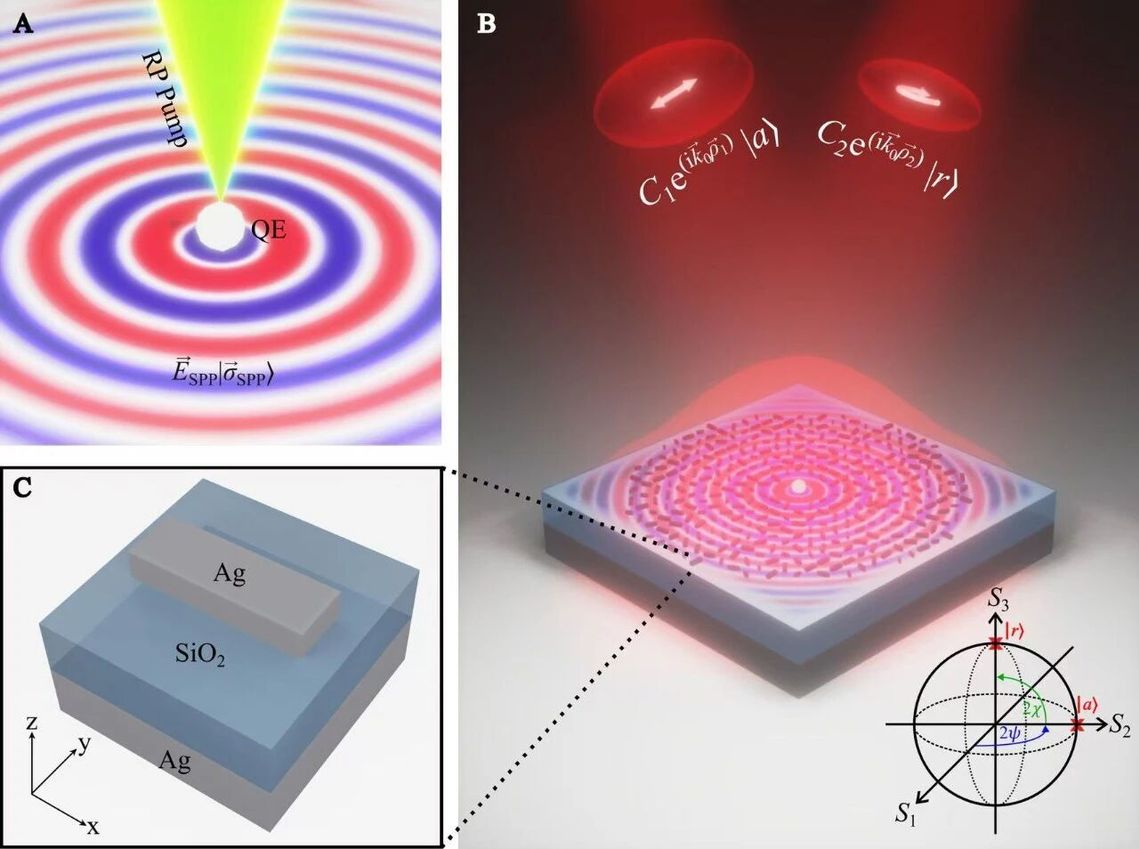
Complex Control on the Micrometer Scale
The team achieved several key breakthroughs in their experiments:
Highly Directional Single-Channel Photon Emission: Ability to output linearly or circularly polarized light at specified angles, with polarization purity reaching nearly 99%.
Multi-Channel Photon Source: Simultaneous output of photons in multiple directions with different polarization states, enabling potential quantum parallel processing.
Intensity Control: Free allocation of energy among different photon channels, realizing a truly on-demand light source.
Complex Emission Patterns: Generation of complex modes like vector beams and vortex beams by introducing more intricate phase distributions.
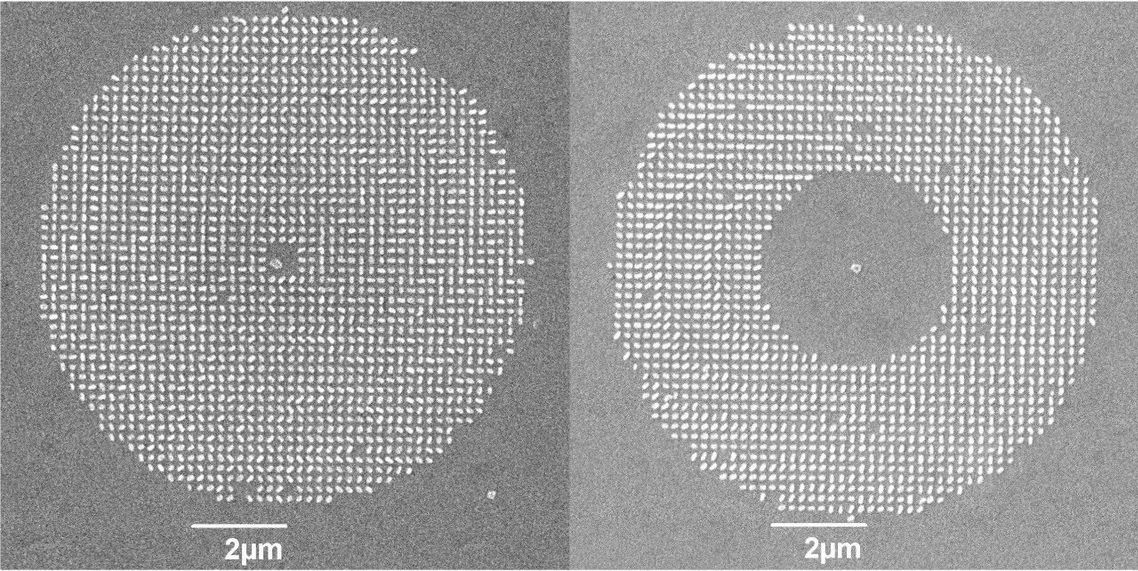
These results demonstrate that complex control, previously achievable only with macroscopic optical systems, can now be performed on a chip at a scale of around 10 micrometers. This lays the foundation for the development of miniaturized quantum optical devices.





